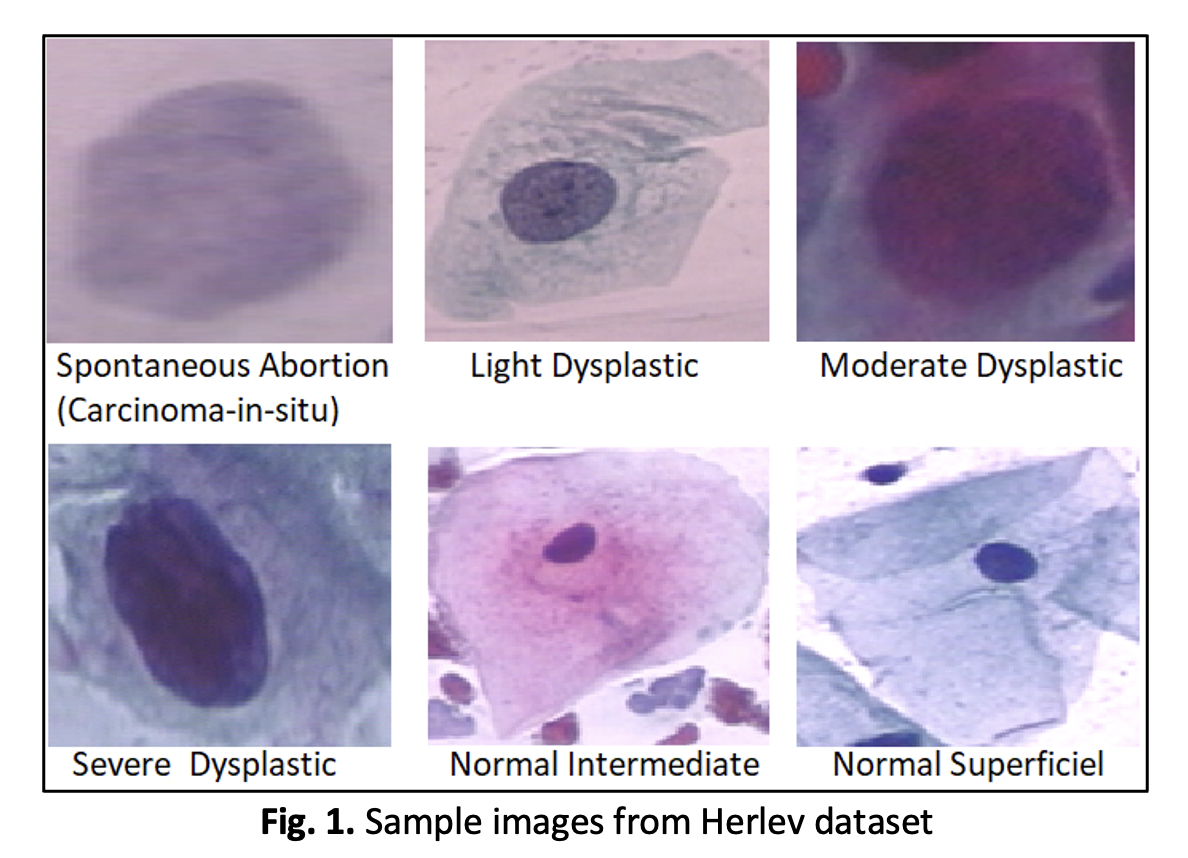Deep Neural Network for the Detection and Classification of Spontaneous Abortion Associated with Cervical Cancer
DOI:
https://doi.org/10.37934/araset.39.2.1936Keywords:
Cervical cancer, Spontaneous abortion, Optimization, Deep neural network, Herlev, Multiclass classificationAbstract
Cervical cancer is the most prevalent cancer and serious condition that currently poses a threat to the health of women. Automated cervical cancer diagnosis and classification from pap smear images has become essential due to the precision, dependency, and timely analysis of the cancer progression. The chance of occurrence of Spontaneous Abortion (SA) associated with cervical carcinoma can be identified from the pap smear image analysis. Advancements in Deep Neural Network (DNN) paved path to the efficient analysis of pap smear images for the detection of SA. The DNN must be optimized to obtain better accuracy in multiclass Herlev dataset pap smear image classification problem. The class carcinoma-in-situ is associated with SA and this class need to be identified without any error. For quantitative analysis of cell images, accurate localization of cell nuclei as well as the extraction of textural features are accomplished. Classification and decision-making are carried out as part of high-level processing to categorise the cancer phases into six classes. The domain aspects of cervical cancer are used to explore and present appropriate methods and techniques. This work focuses on the development of optimized DNN that can differentiate cancer classes in an efficient way. For Herlev images the proposed system provided multiclass average accuracy of 96.49%. Proposed EL-CNN architecture provided better outcomes than state-of-the-art systems.
Downloads





























